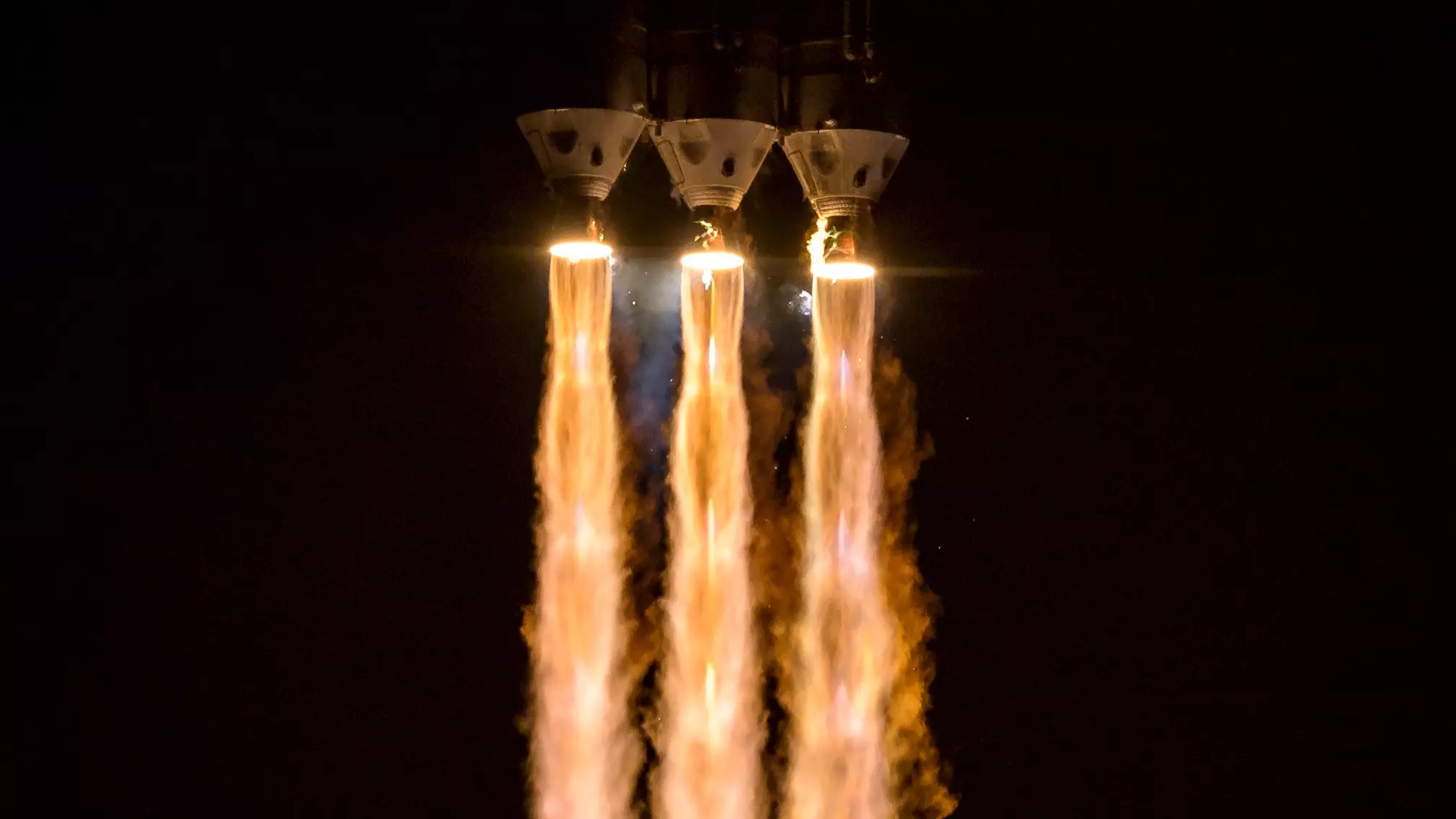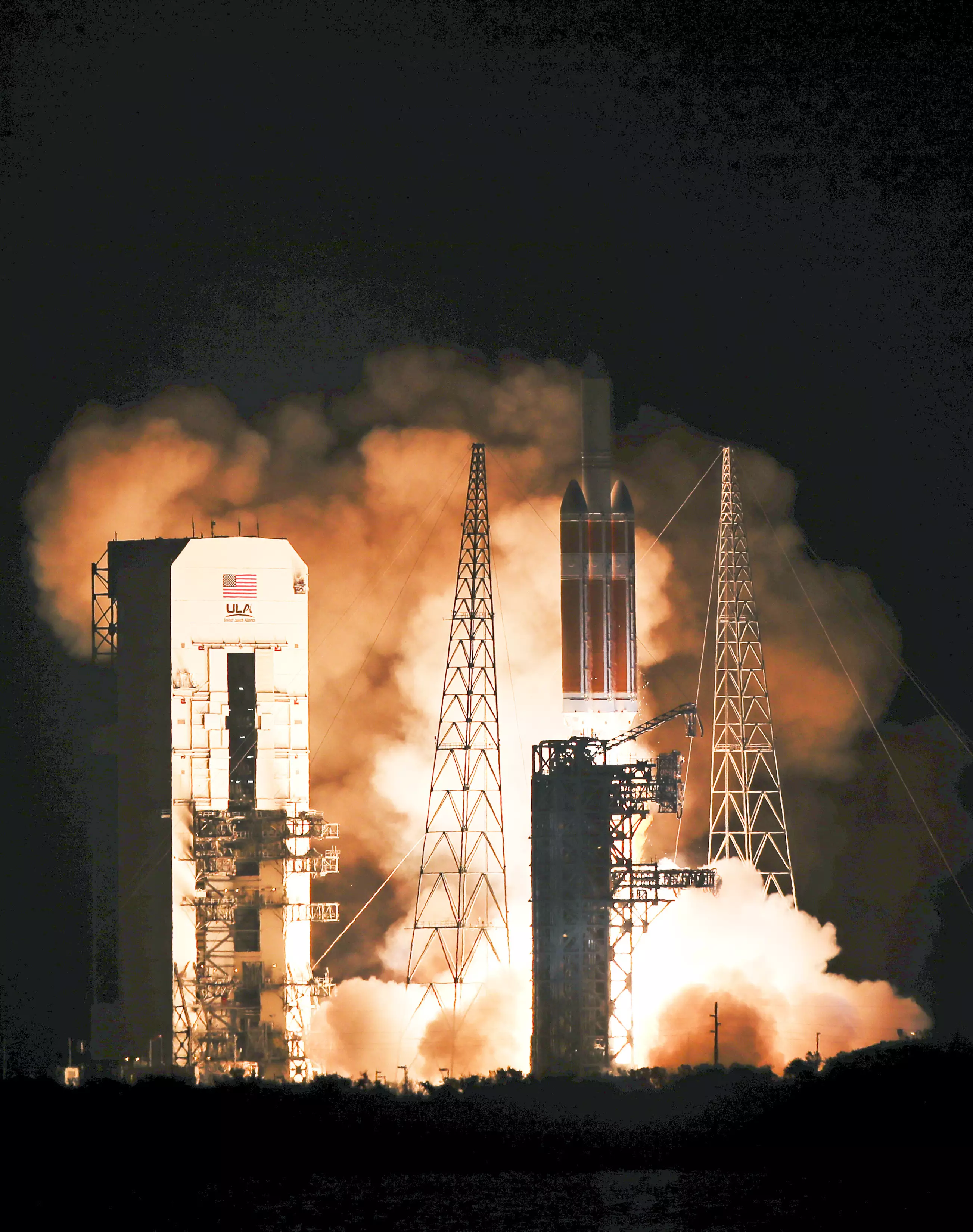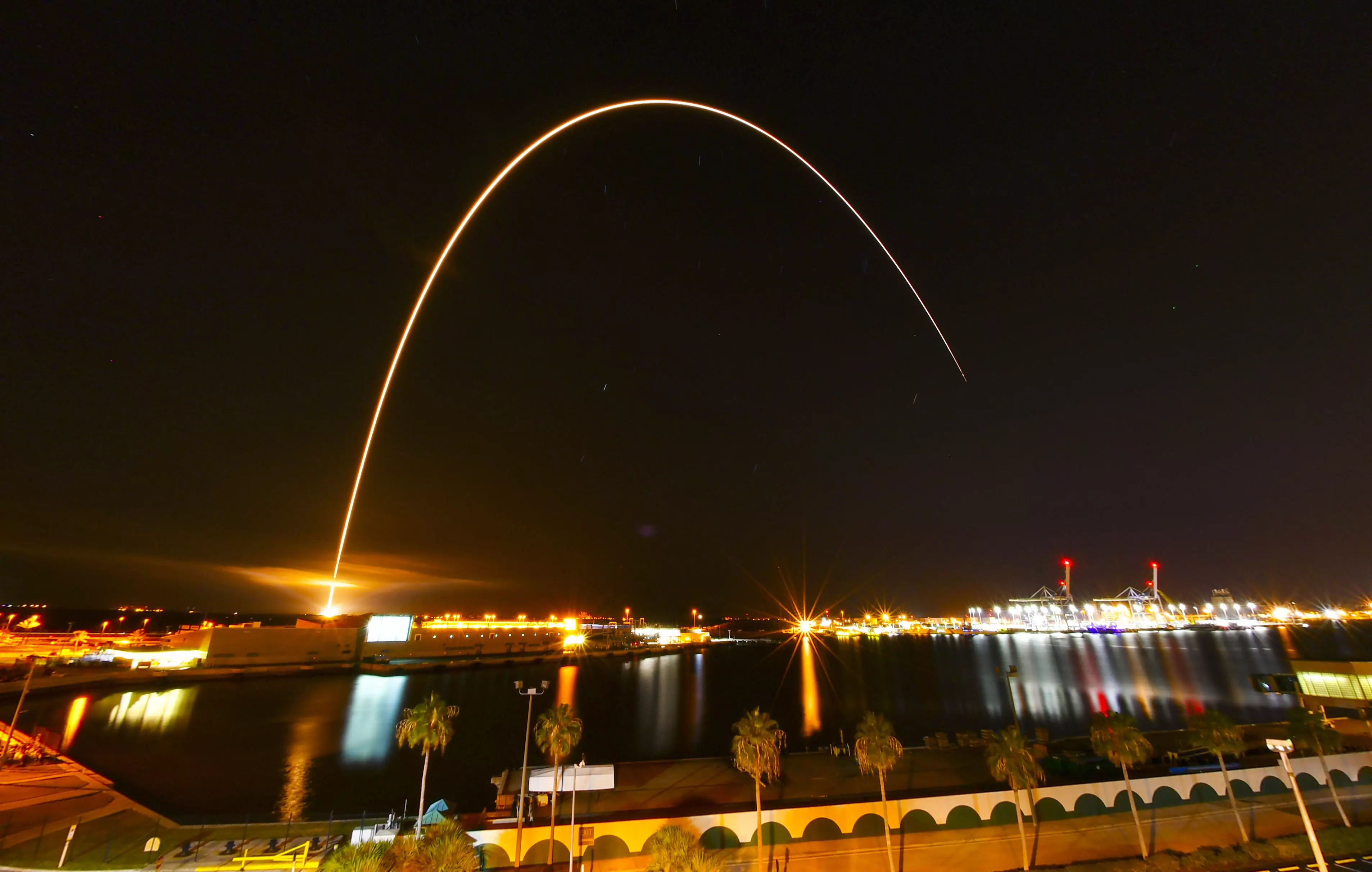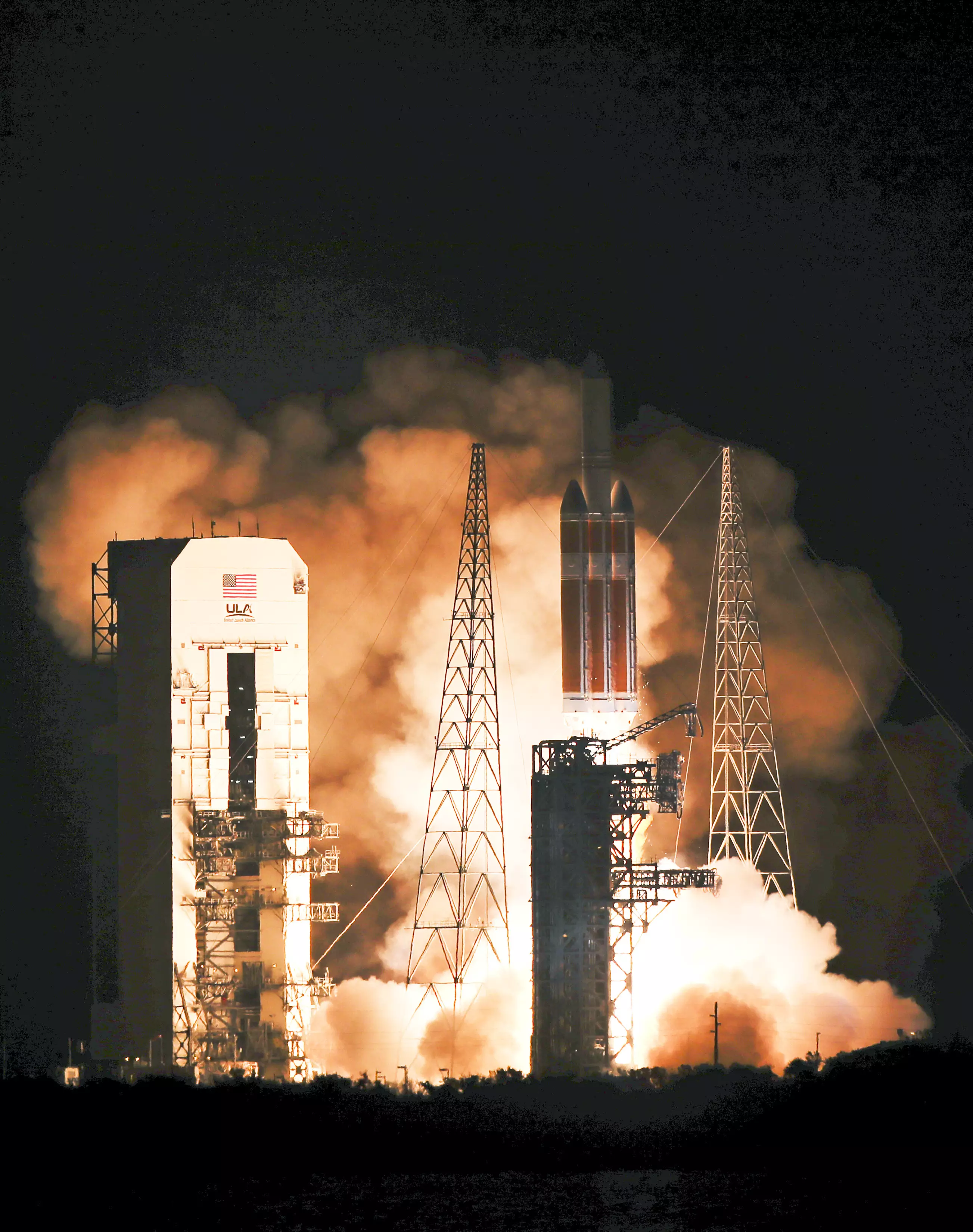
Good news everybody, NASA is about to send a massively expensive spacecraft to boldly go where no man has gone before. They're sending it to the outer atmosphere of the sun, for whatever reason.
It left in the early hours of yesterday morning and will end up being just 3.8 million miles away from the surface of the sun.
Advert
Obviously, this is vital stuff - nothing has ever been closer to the surface of the sun before, so that's something. It's going to make 24 orbits of the sun and will break speed records by travelling at 430,000 miles per hour.
The Parker probe, which cost a whopping $1.5bn (£1.17bn) left Cape Canaveral last night atop a gigantic rocket, bound for the centre of our galaxy.

The plan is that it will slingshot around Venus a load of times, gradually building up speed and moving closer and closer to our galaxy's star. That trajectory will peak at around 3.8 million miles from the sun's edge. The closest we've been before is around 27 million miles, so we're getting there.
Advert
Obviously, it's going to be bloody warm out there, but fear not - the probe has a revolutionary new heat shield that is intended to stop it burning up.
It's going to be subjected to temperatures of about 1,371 degrees Celsius, but the heat shelter is going to mean that it only feels like about 29C, and it's been warmer than that in London this summer.
Needless to say, the people who organised and built the probe are pretty pleased with themselves. I mean, they're boldly going where no-one has gone before, so they have every right to be.

Advert
Nicky Fox, from the Johns Hopkins Applied Physics Lab - who were instrumental in the building of the spacecraft - said: "We'll be going where no spacecraft has dared go before - within the corona of a star.
"With each orbit, we'll be seeing new regions of the sun's atmosphere and learning things about stellar mechanics that we've wanted to explore for decades."
Exactly what they are planning to learn is presumably incredibly complicated and mysterious, but you can be certain that they'll be learning a lot from observing stuff we've simply never seen before.
They're going to get up close and personal with coronal mass ejections, and solar winds, which do - funnily enough - have real implications on communication systems here on Earth.
Advert

I guess we'll have to wait and see what they come back with.
Featured Image Credit: PA